Welcome to the ProteusDS Blog! Subscribe to our email newsletter so you don’t miss any articles or news on software updates.

How to save time by weeding out problems early on in ship hydrodynamics models
Learn More
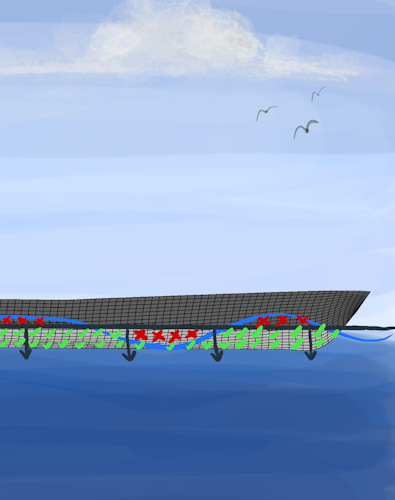
Why seakeeping hydrodynamics are limited in extreme conditions
Learn More
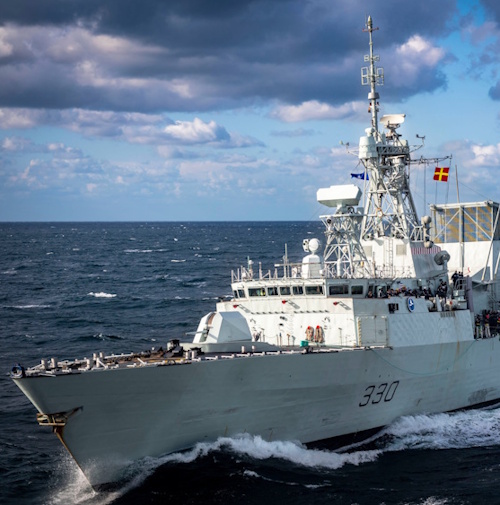
How forward speed codes add a missing ingredient to ship motion prediction
Learn More
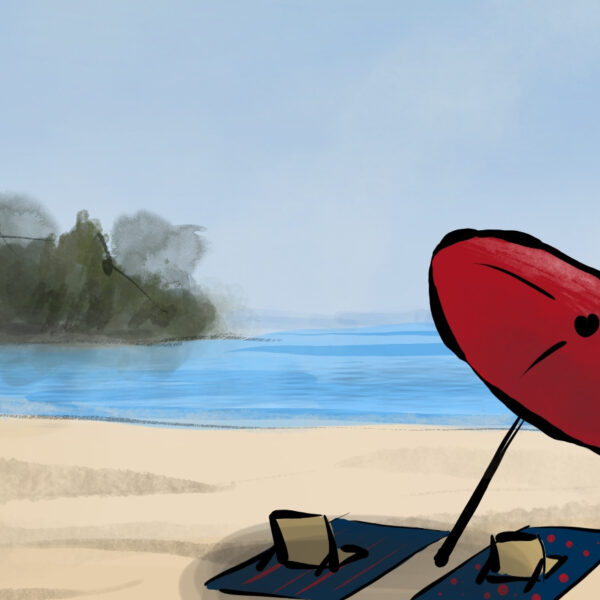
Midyear Break 2025
Learn More
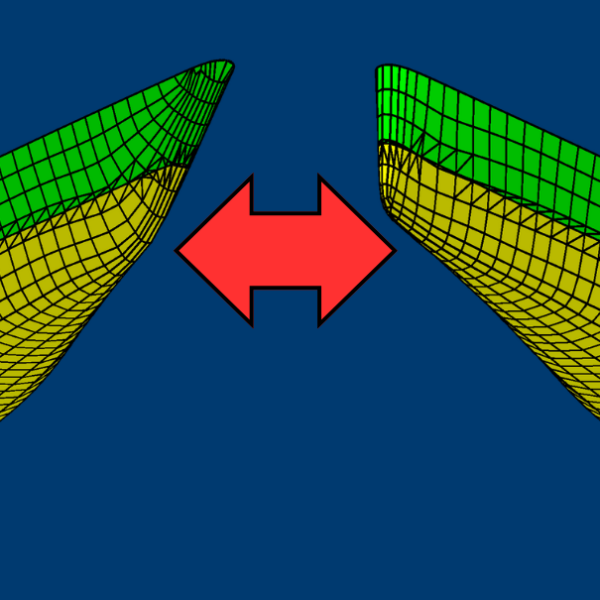
Why keep the same design DNA when exploring ship hull design variations
Learn More
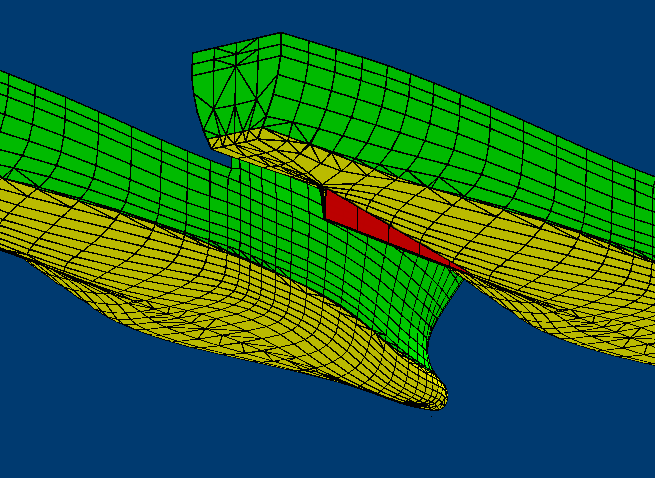
When the line blurs between hull and appendage (and how to model it for seakeeping analysis)
Learn More

Why undersized vessel anti-roll fins backfire (and how to avoid this problem)
Learn More

How to avoid too much or too little static stability in ship design
Learn More

How to differentiate the value of ship design changes with operability analysis
Learn More

Why the EGA shows aggregate effects of ship motion on people
Learn More

Happy Holidays from DSA Ocean and the ProteusDS Team
Learn More

ProteusDS Update November 2024
Learn More

Why you need trends when comparing ship motion data (and how you avoid blind spots)
Learn More

Why hull appendages are hydrodynamically superimposed on ship motion models
Learn More

DSA Ocean Upcoming Events Fall 2024
Learn More

How vortex shedding can indirectly sink your mooring
Learn More

How deepwater moorings disrupt wave-powered profiling (and what you can do about it)
Learn More

How to tailor an anti-roll U-tube tank design for a ship
Learn More

ProteusDS Update April 2024
Learn More

How to tune an anti-roll slosh tank design for a ship
Learn More

Why time domain seakeeping analysis shows the signal in the noise (and where it can derail your work)
Learn More

Why frequency domain ship motion analysis instantly gives you a broad range of design feedback (and where it falls short)
Learn More

Why seakeeping and maneuvering are integral parts of the same thing
Learn More

ProteusDS Update December 2023
Learn More

When moorings overload wave buoys (and sink data quality)
Learn More

Why you should be careful about fixating on buoy drag coefficient (and what else affects hydrodynamic performance)
Learn More

How to make the most out of flotation to minimize mooring deflections
Learn More

Why anchor size causes a chain reaction on operations costs (and how to keep it under control)
Learn More

Why indirect relationships drive wave buoy mooring design
Learn More

How to give your mooring design a quick reality check
Learn More

Introducing the dedicated ProteusDS website
Learn More

Finding maximums part 3: How a repeating sea surface hides extreme mooring loads
Learn More

Finding maximums part 2: Why using multiple sea state realizations quickly reveals extreme mooring loads
Learn More

Finding maximums part 1: How process reveals maximum loads in mooring design
Learn More

When to reduce mooring recovery risk with a backup acoustic release
Learn More

Why spar floaters are so insensitive to harsh conditions
Learn More

Why you need breathing space between glass floats on oceanographic moorings
Learn More

Why tiny active stabilizers have a large effect on ship roll motions
Learn More

ProteusDS Update
Learn More

How antiroll tanks work to passively reduce ship roll
Learn More

Why the sensitivity of ship roll damping makes naval architects sweat
Learn More

Why drag loads are underwhelming at damping floating system motion
Learn More

Why it’s hard to distinguish between the effects of buoy and line drag on mooring knockdown
Learn More

When you need to fine tune surface buoy damping (and when you don’t)
Learn More

ProteusDS Update
Learn More

How to take the guesswork out of wave radiation forces
Learn More

Why the added mass force can be confusing
Learn More

How to control downweight seabed clearance in wave powered profiler mooring design
Learn More

Why adapt shallow water geometric compliant moorings with a midwater float
Learn More

Why shallow water mooring design takes longer than expected (especially compared to deep water)
Learn More

How to avoid wuzzles when recovering oceanographic moorings
Learn More

What to keep an eye on during oceanographic mooring deployment
Learn More

How the anchor-last oceanographic mooring deployment process works
Learn More

Why an RAO is the dynamic fingerprint of a hull
Learn More

How seakeeping analysis reveals surprising differences about ship seaworthiness
Learn More

What the playground can teach us about resonance in dynamics
Learn More

When wave steepness pinpoints worst case sea states for mooring design (and not wave height)
Learn More

Why you see modular oceanographic mooring design everywhere
Learn More

How to correct subsurface mooring knockdown
Learn More

When to check instrument depth in oceanographic mooring design
Learn More

How mooring deflection disrupts oceanographic data quality
Learn More

Why drag force is more than just resistance
Learn More

How to understand the nature of buoyancy
Learn More

Why free body diagrams eliminate confusion in engineering design
Learn More

When profilers are optimized for control
Learn More

When profilers are specially adapted to ride ocean waves
Learn More

Why profilers stop massive data processing headaches
Learn More

When it is sensible to use nonlinear Froude-Krylov forcing
Learn More

Why parts libraries are essential to save time in mooring design
Learn More

When to avoid a static solver in oceanographic moorings
Learn More

How to effectively model oceanographic surface buoy dynamics
Learn More

How to systematically evaluate oceanographic mooring compliance
Learn More

How to control uncertainty in buoy drag coefficient when designing oceanographic moorings
Learn More

Why uncertainty in buoy drag coefficient puts oceanographic data quality at risk
Learn More

Why compliance is at the heart of resilient oceanographic surface mooring design
Learn More

